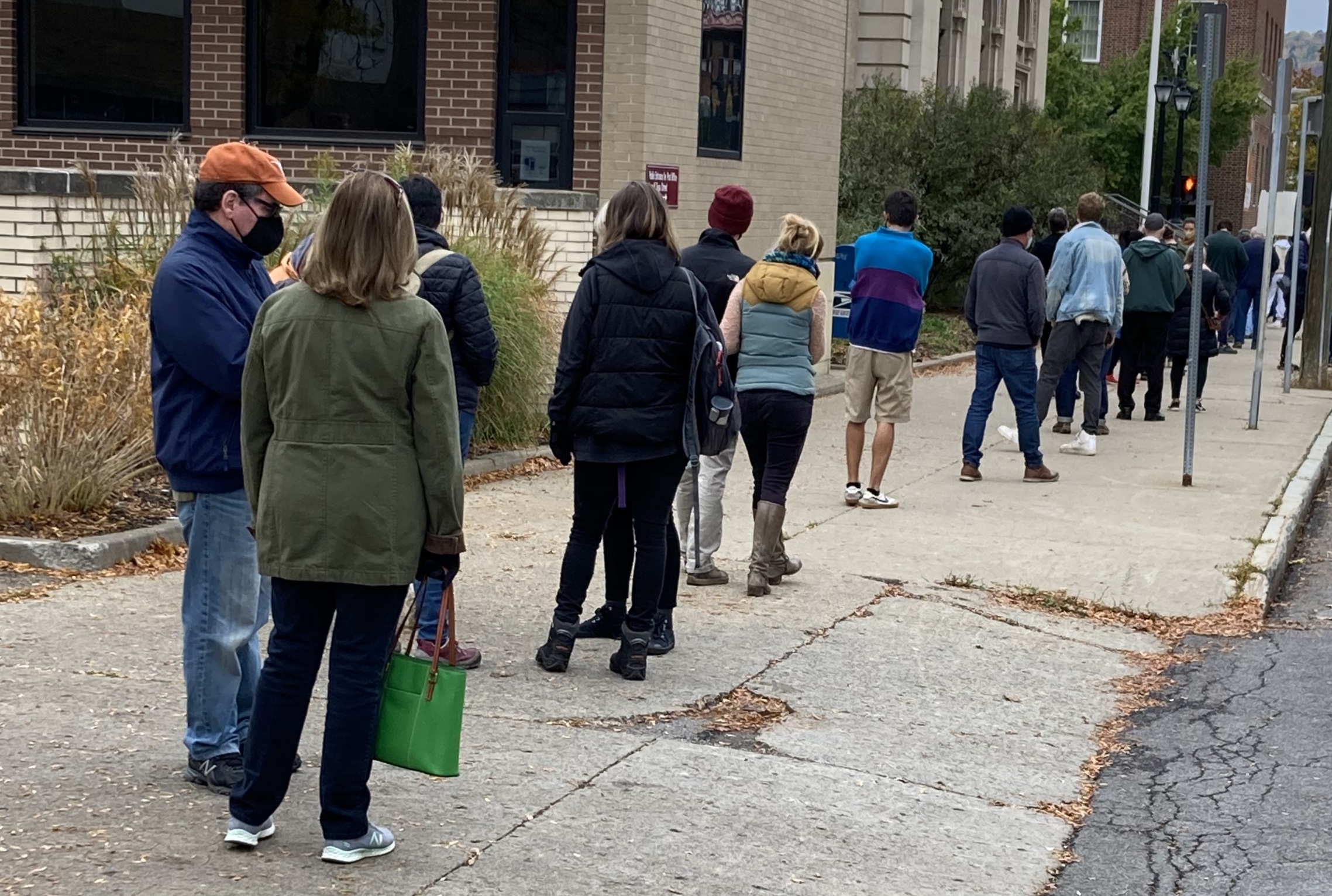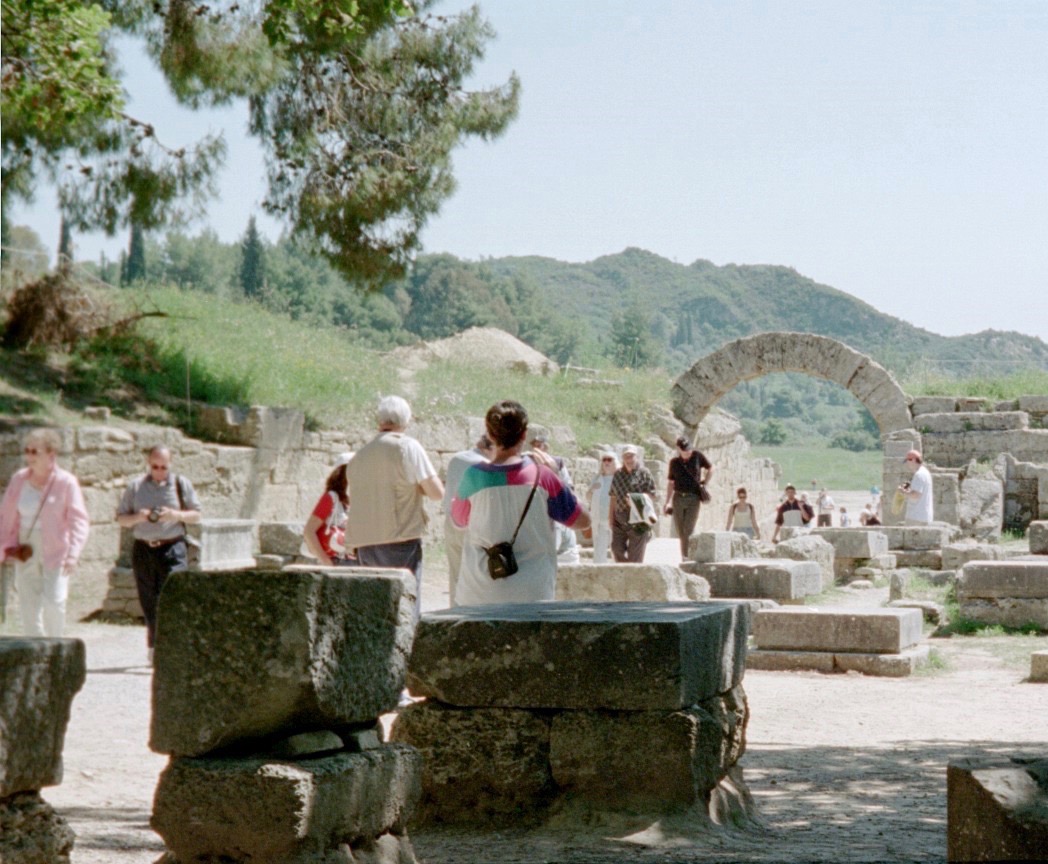Sometimes, just staying still and listening to the wind can be an event of great beauty. Nothing else is needed to feel full, satisfied. Happy. Those are rare and glorious moments.
Sometimes, wind is a gentle touch, a cooling breeze on a torrid day. Sometimes, it disappears. Sometimes, and too often lately, the day is hot, dry, seemingly lifeless; then it suddenly gets cold and the wind rages, sounds like a speeding train, and is too powerful to stand up to. Tonight, the earth gently whispers, a soft, steady sound. Then it almost goes silent. Then it builds until it sounds like a rainstorm is about to slam us, but there’s no rain. No rain clouds. Just wind. Then it calms before it rises once again.
The wind animates the world around us. It builds, and the trees dance; falling leaves, and papers lying in the street, fly around; bushes rattle, clouds stir, oceans wave. Just like the breath animates us, the wind can animate the world.
Ancient humans made a connection between wind and human breathing. After all, breathing involves air moving in and out of the body, animating us like wind animates the world. So, in India, for example, there was the concept of the five winds in the body, discussed in the Hindu sacred book, the Upanishads, in yoga, and later in Ayurveda, an ancient Indian science of medicine. When we breathe, we take in the wind of the world.
The Greek word pneuma can mean both breath and wind, as well as soul. The presocratic Greek philosopher Anaximenes said, “just as the soul (psyche), being air (aer), holds us together, so do breath (pneuma), and air (aer) encompass the world.” Anaximenes thought of air as the first principle out of which all else is composed. The Bible uses the word pneuma in a similar fashion. There can be spiritual as well as a mental and physical dimension to breathing practices.
If only we listen carefully enough, every wind can remind us of these interconnections. We can feel our surroundings calling to us or hear people all through time calling to us. We are not two. We are not two. Maybe if we listen, we might hear in the wind the trees, birds, leaves, and clouds speaking of our natural inseparability with the universe in which we exist. No air, no us.
We can make listening more deeply, with more curiosity and compassion, a regular component of our lives, along with exercises, as in yoga, martial arts, and mindfulness meditation that help us breathe and live more fully.
We can also think about what animates us besides the breath. What stirs us? What stirs us so much that, afterwards, we don’t feel we’re lacking anything? We don’t feel more in pain afterwards than we did before. But instead, it leaves us with a sense of Ah, yes. This I love. No other time or place or anything is needed. Just this, this moment, is sufficient. Wonderful.
What stirs us so much we hear our inner world coming alive, and hear the universe speaking?…
**To read the whole article, please click on this link to The Good Men Project. Enjoy.



